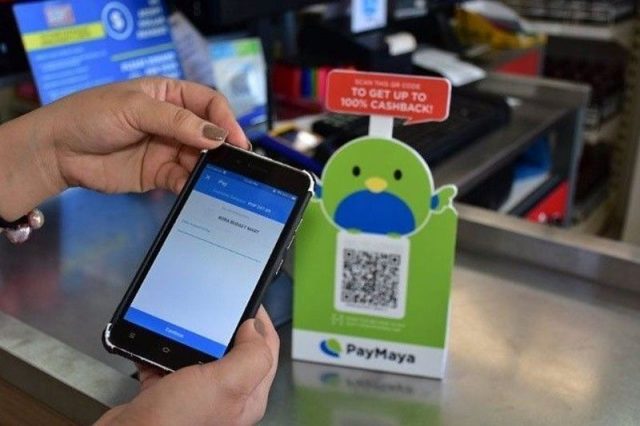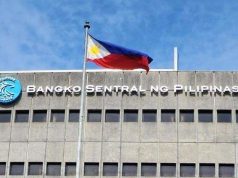
The Philippine central bank approved on Thursday rules allowing the creation and licensing of digital banks as part of efforts to extend financial services as consumers increasingly turn to the virtual realm for banking.
The central bank expects at least 50% of payments will shift to digital by 2023, with 70% of adults using an digital transaction account by then, giving consumers more options and steering them away from loan sharks.
“We see these banks as additional partners in further promoting market efficiencies and expanding access of Filipinos to a broad range of financial services,” Bangko Sentral ng Pilipinas (BSP) Governor Benjamin Diokno said in a statement.
Under the framework, digital banks would be a distinct classification of lender. Digital banks would offer financial products and services that are processed end-to-end through a digital platform and/or electronic channels with no physical branches, the central bank said.
Digital banks should set up a headquarters in the Philippines for management and support operations, including the handling of customer concerns, the central bank said.
The central bank’s policymaking department may limit the number of digital bank licenses, depending on the applications it gets.
“The BSP is looking to attract players with strong value proposition, sufficient financial strength, technical expertise of management and effective risk management,” Diokno said.
Foreign banks CIMB and ING Bank have launched digital banking platforms in the Philippines.
The central bank’s payment settlement facility processed 5,000 transactions valued at 2 trillion pesos ($41.6 billion) daily in the first half, triple the daily average for 2004 to 2007, central bank data showed. — Reporting by Neil Jerome Morales Editing by Robert Birsel
$1 = 48.0800 Philippine pesos








